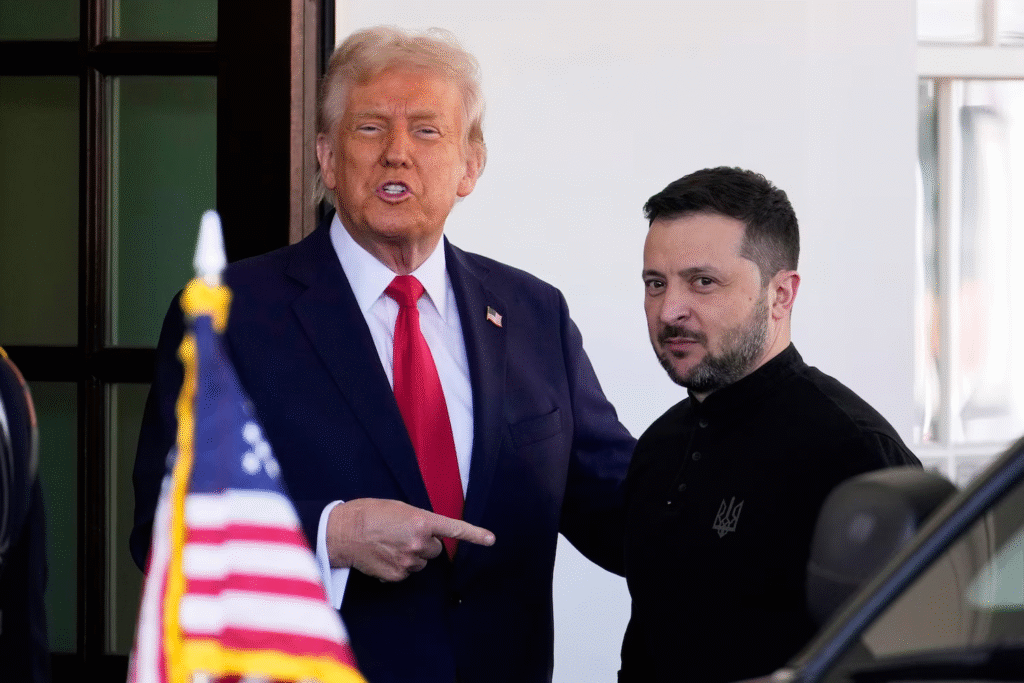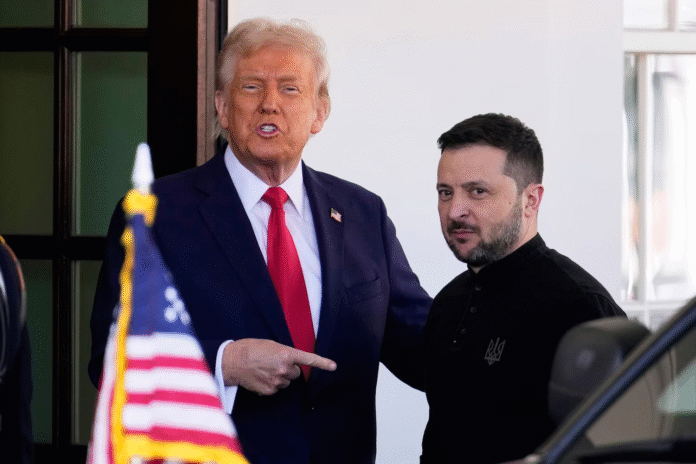
In a significant development underscoring renewed U.S.-Ukraine cooperation, both nations have officially signed a long-anticipated agreement establishing the United States-Ukraine Reconstruction Investment Fund. Central to the deal is U.S. access to Ukraine’s vast reserves of rare earth minerals—resources that are increasingly vital for modern technologies and clean energy industries.
More than a mere economic arrangement, the deal is being presented as a strategic statement. According to U.S. Treasury Secretary Scott Bessent, the agreement sends “a clear message to Russia” that the Trump administration is serious about a peace process built around a “free, sovereign, and prosperous Ukraine.”
“This is about a long-term vision for stability,” Bessent stated in a video release. “The Fund enables the U.S. to invest alongside Ukraine to unlock its potential—bringing American capital, innovation, and governance expertise to help accelerate Ukraine’s recovery.”
Economic Recovery with Strategic Implications
At the heart of the deal is Ukraine’s rich trove of critical minerals—resources like lithium, cobalt, and rare earth elements essential to manufacturing batteries, electronics, and military technologies. The newly created fund is designed to attract global investment and rebuild Ukraine’s war-torn economy while ensuring American involvement does not come at the cost of U.S. taxpayers.
Ukrainian Economy Minister Yulia Svyrydenko emphasized the partnership’s global significance. “Together with the United States, we are establishing a fund that will draw international investors to Ukraine,” she announced on social media.
The agreement is seen as a practical yet symbolic move by the Trump administration. By investing in Ukraine’s economic infrastructure, the U.S. not only strengthens a key ally in Eastern Europe but also tightens economic pressure on Russia. As Bessent made clear, “No person or entity that supported or funded the Russian war machine will be allowed to benefit from Ukraine’s reconstruction.”
Tensions Behind the Scenes
Though the announcement marks a major diplomatic milestone, the path to finalizing the agreement was not without friction. According to Ukrainian Prime Minister Denys Shmyhal and officials close to President Volodymyr Zelenskyy, Ukraine initially planned to stagger the signing of the mineral rights deal and the broader investment fund agreement. The U.S., however, insisted both documents be signed simultaneously.
This led to a brief delay, with both sides offering differing accounts of the holdup. While Ukrainian sources described a last-minute snag caused by U.S. demands, American officials suggested it was Ukraine that unexpectedly sought changes the night before the signing.
“We were ready to sign,” Bessent clarified, stating there were no adjustments made on the U.S. side. “But the Ukrainians came back with some unexpected changes late in the process.”
A Symbolic Step Toward Peace
President Donald Trump used the occasion to frame the minerals deal within the larger context of U.S. support for Ukraine. “We’ve put a lot into this relationship,” he said during a cabinet meeting. “We haven’t yet seen all the results we expect, but I believe we will. This deal is part of that outcome.”
The initial signing ceremony, originally planned for late February, had been postponed following what insiders described as a tense Oval Office meeting between Trump and Zelenskyy. But with the agreement now finalized, both nations appear to be resetting their focus on long-term strategic cooperation.
Kurt Volker, former U.S. ambassador to NATO, called the mineral resources deal a pivotal moment. “It puts the U.S. and Ukraine in full alignment—not just on economic recovery but on a ceasefire and peace agenda. It allows us to support Ukraine without placing the financial burden on American taxpayers.”
Strategic Realignment in a Post-War Landscape
For Ukraine, the partnership offers both immediate economic relief and a long-term investment in rebuilding its infrastructure and institutions. For the U.S., it represents a more sustainable way to support a critical partner without the risks and costs of direct military engagement.
The agreement also sets a clear precedent: that U.S. support is tied to accountability, transparency, and strategic outcomes—both for Ukraine and in broader geopolitical terms. As the reconstruction fund begins to take shape, it will likely become a litmus test for future foreign investment in post-conflict zones.
In the meantime, this minerals deal not only strengthens U.S.-Ukraine ties but reaffirms a message to Moscow: America’s commitment to Ukraine goes beyond battlefield support. It includes economic revitalization, institutional partnership, and a vision for peace—on Ukrainian terms.
As events continue to unfold, both countries have signaled that this is just the beginning of a deeper collaboration. The minerals deal, though economic in nature, may well become one of the defining political moves of the current administration.


